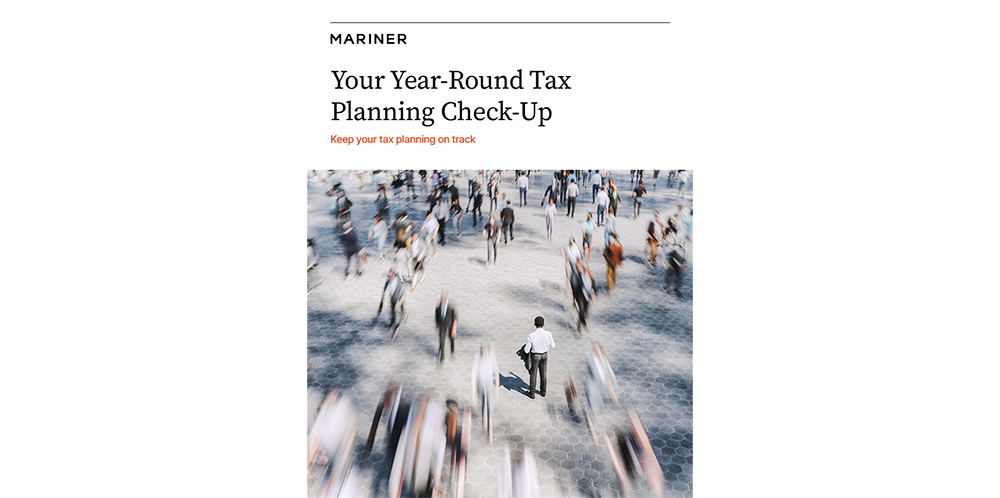Getting Paid for Uncertainty: The Case for Bonds
Read time: 5 minutes
Bonds have taken investors on a wild ride since the Federal Reserve acknowledged that inflation was not transitory, and it was time to raise rates. We have been in uncharted territory since the financial crisis, when the Fed began its alphabet soup of programs to support financial institutions and made borrowing essentially free. It is no wonder that asset prices hang on the Fed’s every utterance and potential policy change. Economic data only matters in the context of how it may influence Fed policy.
COVID-19 added a further shock to markets and structural changes to the economy, resulting in inflation that has proved difficult to bring down to the Fed’s target level of 2%. The Fed is trying to achieve an economic “soft landing” while also stepping back from its role in market signaling. Wall Street is arguing for lower rates and an extension to programs meant to support the markets. Futures markets have been pricing in the easing traders want—not necessarily what the Fed has communicated. Low rates benefit Wall Street directly, but inflation hurts Main Street more.
Thus far, Jerome Powell’s Fed has focused on quelling inflation by raising the overnight target rate (the cost of money) from 0% in March 2022 to the current 5.25% lower bound and has held rates steady for almost a year. Recent economic and inflation data look promising, but the Fed remains in wait-and-see mode. There is a chance policymakers will increase rates again if inflation reaccelerates, but we are likely at the peak of the cycle.
Falling Yields Add to Confusion
Investors have watched their bonds lose value since the Fed began raising rates. After 16 years of getting paid little for lending their money, bondholders have been rewarded with a lot of minuses on their statements and red on their screens. This has left bondholders questioning what to do with their fixed income allocation going forward.
The most important investment decision is asset allocation. Does your current allocation to bonds fit your specific needs and risk tolerance? A lot of investors “reached for yield” when rates were low and discovered the credit quality or maturity mix of their bond allocation was too aggressive. In this case, tax-loss harvesting and reallocating to a more conservative bond portfolio should be a consideration.
Many wealthy clients own individual bonds, and most are investment grade (rated BBB or higher by S&P and/or Moody’s). The only loss individual bondholders have incurred is the opportunity cost of being locked in at low rates. We are frequently asked if it is prudent to realize losses on existing bond holdings and reinvest proceeds at higher rates. If the intention is to rebuild a similar bond portfolio, then this is not economical. Realized losses would roughly match the yield pickup on new bonds less trading costs (dealers take a cut on both sides of the trade). When rates rise, bond prices fall to a level that produces a yield in line with current market rates.
Market Timing Not the Answer
The next logical question is if not sell, what should an investor do with their existing bond portfolio? The short answer is to “dollar-cost average” into higher yields. Stick to your allocation and take advantage of the opportunity to lock in yields that have more than doubled over the last couple of years. For perspective, at the beginning of 2022, the 10-year Treasury offered a yield of 1.63%. Year-to-date, the 10-year Treasury yield has traded in a range of 3.88% to 4.70%, fluctuating based on the market’s perception of the Fed’s next move. Trying to time the market to get the peak yield of the cycle is a losing game long term, especially when trading individual bonds. Maintaining the appropriate asset allocation is key.
Another common question is why an investor should buy anything but short-maturity bonds when the yield curve is inverted. If a money market fund yields more than a 10-year bond in many cases, why would you own anything else? Once the Fed easing cycle is imminent, money market fund and short-maturity bond yields tend to drop the fastest as the yield curve steepens to a more normal shape. The worst time you want to receive a large amount of your principal back is when it is too late to lock in today’s yield levels.
We’re Here to Help
Rather than be discouraged by the sell-off in the bond market over the last two years, bond investors should welcome finally being compensated for their lending. Your wealth advisor can work with our in-house investment team to help ensure your portfolio is aligned with your asset allocation and reflects your short- and long-term needs and goals.
This article is intended for informational and educational purposes only. It does not consider any individual or personal financial, legal, or tax circumstances. As such, the information contained herein is not intended and should not be construed as individualized advice or recommendation of any kind. Where specific advice is necessary or appropriate, individuals should contact their professional tax, legal, and investment advisors or other professionals regarding their circumstances and needs.
The information provided herein is believed to be reliable, but we do not guarantee accuracy, timeliness, or completeness. It is provided “as is” without any express or implied warranties.
Mariner is the marketing name for the financial services businesses of Mariner Wealth Advisors, LLC and its subsidiaries. Investment advisory services are provided through the brands Mariner Wealth, Mariner Independent, Mariner Institutional, Mariner Ultra, and Mariner Workplace, each of which is a business name of the registered investment advisory entities of Mariner. For additional information about each of the registered investment advisory entities of Mariner, including fees and services, please contact Mariner or refer to each entity’s Form ADV Part 2A, which is available on the Investment Adviser Public Disclosure website. Registration of an investment adviser does not imply a certain level of skill or training.

